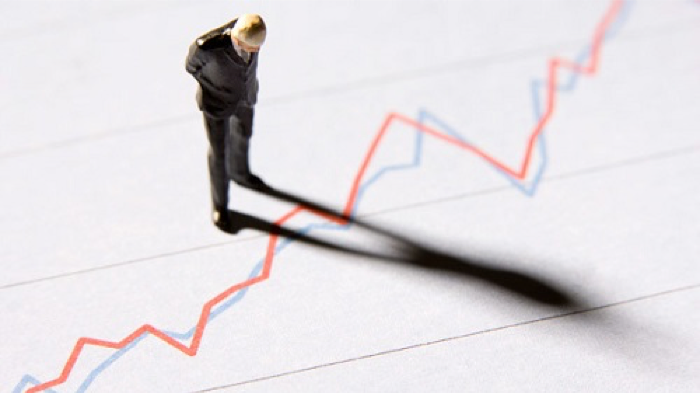Smart Spending in the Holiday Season
The holiday season is fast approaching, a fact alone that may already have alarm bells ringing in your head. With its arrival comes the return of...
Manage your everyday finances with convenient accounts, flexible cards, and personalized service designed to fit your life.
At First Federal Bank, we offer flexible mortgage solutions for almost any situation, helping you secure the right financing for your dream home.
Business banking offers secure financial management, streamlined transactions, credit options, and tools to help businesses grow efficiently and sustainably.

 Even if you’re new to trading or leave most of the lifting to your brokerage, you’ve probably heard the term bubble. Stock market bubbles can cause a fair amount of chaos, so being able to recognize the signs of a bubble can help you tread accordingly.
Even if you’re new to trading or leave most of the lifting to your brokerage, you’ve probably heard the term bubble. Stock market bubbles can cause a fair amount of chaos, so being able to recognize the signs of a bubble can help you tread accordingly.
Defining a stock market bubble
As Bankrate senior reporter James Royal explains, a stock market bubble is what occurs when stock prices begin to rise to a massive extent. In a market bubble, prices can rapidly exceed the actual valuation of a company.
Bubbles can be brought about by a variety of factors, and Royal notes it’s typically caused by reactionaryism rather than overvaluation. This might include speculators driving up prices for financial gain or excitement surrounding innovation in business. One real-world example is the dot-com bubble of the late 90s and early 2000s which allowed companies like Amazon and Google to rise to prominence but also saw several internet startups fail.
The signs of a stock market bubble
While market bubbles can feel wildly unpredictable from the ground floor, they tend to be easy to spot and fairly predictable in terms of how they play out. The starting point of a stock market bubble is what Investopedia contributor Troy Segal calls, “displacement.” At this early stage, investors are whipped into a frenzy by some factor or another, which can include the rise of a new industry or technology or low interest rates.
During the displacement period, investors are moved into action. Increased investment begins to gradually increase stock prices, even when logic might dictate a dip in value. A stock will continue to grow unimpeded by events that might harm its value outside of a bubble, up to and including missing targeted financial indicators. This period, Segal notes, is known as the boom.
The upward trajectory of these stocks has a wider spread as well. As Royal points out, the success of stocks leaves investors with cash to spend and more license to take risks on other securities. This in turn leads to an increase in the price of other stocks, and it can also raise the prices of assets like fine art and, in a more recent example, non-fungible tokens. Segal suggests this is a stage of euphoria that trades on the greater fool theory — the concept that even when prices skyrocket, there will always be people willing to pay whatever it takes.
It's at this point Segal suggests smart investors start to play their cards. Selling stocks while prices are still high and collecting profits can generate major windfalls, but it’s also predicated on getting the timing right. The next stage — when the bubble bursts and the market panics — happens suddenly and can leave lagging investors holding the bag and needing to dump stocks quickly.
Once the bubble has burst, stock prices plummet nearly as quickly as they rose. This can leave speculators and investors in the red, having to sell stocks at a considerable loss. It can also result in the death of companies and have a sweeping effect on the market as a whole.
Playing the stock market in a bubble period can be a huge financial win, but only if you know how to recognize it. Even then, you may still suffer if things don’t break your way. It’s important to recognize the signs even if you’re more passive with your portfolio — seeing a bubble forming allows you to alter your portfolio in ways that can safeguard you against losses that might come when the bubble bursts.

The holiday season is fast approaching, a fact alone that may already have alarm bells ringing in your head. With its arrival comes the return of...

Credit cards are a central part of the modern shopping experience — and if your business can’t accept credit card payments, you’re probably missing...

If your business has grown to operating in more than one state, you will need to file taxes for each location. Doing so can be tricky, but knowing...